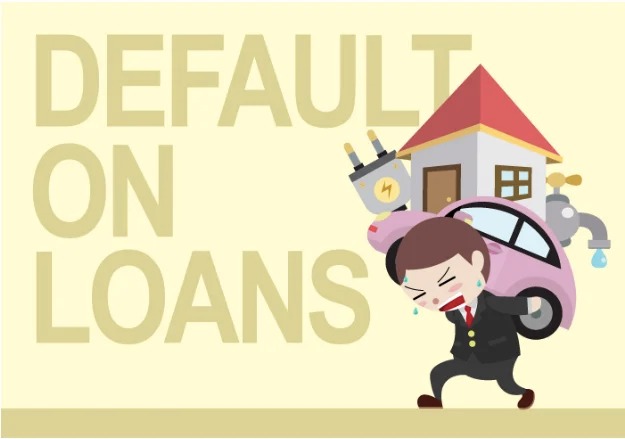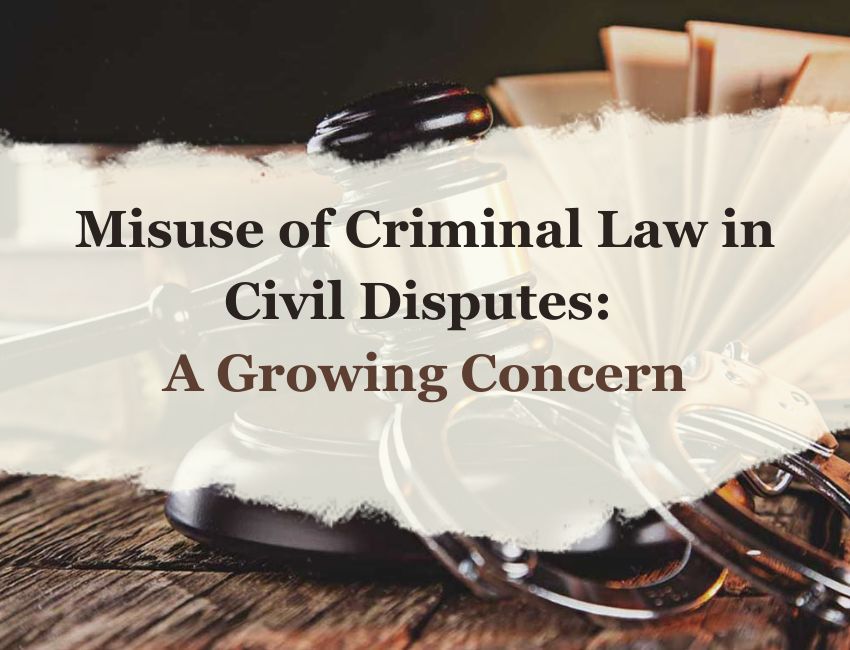@JUDGMENTTAG-ORDER
V.S. Sirpurkar, J.@mdashThe writ petitioner here challenges the order and proceedings dated 19.8.1995 as also the order dated 2.3.1994. It seems that the order dated 19.8.1995 has been passed in pursuance of the order dated 2.3.1994. Thereafter, the petitioner made representations to the respondent Tamil Nadu Electricity Board (hereinafter referred to as "the Board"). In the order dated 2.3.1994 also, the Board dealt with the representations dated 9.11.1993 and 9.2.1994. These representations seemingly were against the order passed dated 24.9.1993 bearing No. Lr.No.SED/DFC/HP/A.2/F.SC.76/93-141.
2. There is a short history to this dispute:
Admittedly, the petitioner is a consumer and uses electricity for its factory. It pleaded that on 19.2.1992, the officials of the department checked the Trivector meter and recalibrated the same. However, after such recalibration, the meter started showing enormous increase on the very next day. Therefore, that was pointed out to the Board and on 11.3.1992, a challenge test was conducted and it came to light that the recalibrated meter was not proper and therefore, on 17.3.1992, the meter was changed. On 7.5.1992, the petitioner presumably wrote a letter to the 1st respondent that the petitioner was overcharged during the period 19.2.1992 to 17.3.1992 and therefore, sought a refund of approximately Rs.28,000/-. The Board was requested to deduct this amount in the subsequent bills by adjusting the same. No reply was issued to this letter.
3. However, by a letter dated 24.9.1993, to which a reference has already been made by me in the earlier part of the judgment, the petitioner was informed that there was no proper charging by the meter and therefore, the reading of the energy was not properly recorded and therefore, the Board by taking recourse to the earlier readings during the months of October, November and December, 1991 and January, 1992, had drawn the average power consumed and on that account, it was clear that there was a short payment of Rs.1,00,138/-. Now, the period concerned in this letter had nothing to do with recalibration or the subsequent changing of the meter and it was connected to the prior period. Therefore, we are not concerned with the subsequent events here.
4. The petitioner seems to have then represented and those representations came to be decided by the order dated 2.3.1994. It is perhaps because of that that the order dated 2.3.1994 is challenged before this Court. It is the claim of the petitioner that this order dated 2.3.1994 was received by the petitioner only on 23.8.1995 along with another letter dated 19.8.1995, to which a reference has already been made by me. In short, the three orders came to be challenged on the ground that the Board could not have sought the recovery of Rs.1,00,138/-.
5. At the outset, learned counsel for the petitioner claimed and which claim is not disputed by the other side, that the bill stands paid, though under protest. The learned counsel tried to argue that since it is a case of dispute on account of a defective meter, recourse should be had to sub-section 6 of Section 26 of the Indian Electricity Act and the Board could not have straightaway slapped a bill against the petitioner. In support of his contention, the learned counsel relied on a decision reported in
6. The learned counsel for the Board however pointed out that what was done was strictly within the parameters of Clause 17.10 of the Terms and Conditions of Supply of Electricity. Learned counsel pointed that precisely that procedure was followed by the Board in arriving at the amount which was recoverable from the petitioner and if the petitioner had any dispute regarding the same, the petitioner could have filed the proceedings before the Electrical Inspector if the petitioner so chose. That not having been done, the petitioner could not straightaway come before this Court in writ petition. Learned counsel pointed out that the terms and conditions were binding on both the Board as well as the consumer.
7. It will therefore be my task to see as to whether the present matter is governed by the law laid down by this Court in the aforementioned ruling. In that there appears to be the following distinguishing features:
(i) In the aforementioned ruling what was in challenge was the bill. In the present writ petition however what is challenged is the order passed refusing to entertain the representations. The bill actually was served somewhere on 24.9.1993. What was challenged however was the order passed by the Board dated 2.3.1994 and 19.8.1995 by which the representations against this bill sent by the petitioner were rejected. The two things are different. It is quite different to challenge a bill and it is still different to challenge the orders rejecting the representations.
(ii) When the orders dated 2.3.1994 as also 19.8.1995 as also the original order dated 24.9.1993 are seen, it is clear that before preparation of the bill, the Board has meticulously followed the procedure in Clause 17.10 of Terms and Conditions of Supply of Electricity. In the aforementioned ruling however, there is a clear-cut finding given by the learned Single Judge that no such procedure was followed by the Board before slapping the bill on the consumer. This is another distinguishing point.
8. I am thoroughly satisfied looking at all the three orders that the procedure in Clause 17.10 of Terms and Conditions of Supply of Electricity is scrupulously followed. That Clause runs as under:
"17.10. Where supply to the consumer is given without a meter or where the meter fixed is found defective or to have ceased to function and no theft of energy or violation is suspected, the quantity of electricity supplied during the period when the meter was not installed or the meter installed was defective, will be assessed as mentioned hereunder:
The quantity of electricity, supplied during the period in question will be determined by taking the average of the electricity supplied during the preceding four months in respect of High Tension service connection and two assessment periods (four months) in respect of Low Tension service connections, provided that the conditions in regard to use of electricity during the said four months 2/3 two assessment periods were not different from those which prevailed, during the period in question. In respect of High Tension service connections, where the meter fixed for measuring the maximum demand becomes defective, the maximum demand will be assessed by computation on the basis of the average of the recorded demand during the previous four months.
When the meter becomes defective immediately after the service connection is effected, the quantum of electricity supplied during the period in question is to be determined by taking the average of the electricity supplied during the succeeding two assessment periods, provided the conditions in regard to the use of electricity in respect of such Low Tension service connections are not different."
9. A glance at the order suggests that it is only the average of the electricity supplied during the preceding four months in respect of High Tension service connection which has been taken into consideration and that has also been explained to the consumer in the order dated 24.9.1993. There is nothing wrong with this. In my opinion therefore, the contention raised by the learned counsel to quash the bill itself cannot be entertained. The facts being different, the aforementioned ruling will be of no help to the petitioner at all. The writ petition itself has no merits and must be dismissed. It is accordingly dismissed. However, it is clarified that if the petitioner so feels he may still approach the Electrical Inspector for disputing the bill.
10. I am giving this direction because, the language of Section 26(6) of Indian Electricity Act, 1910, which is in the following terms:
"26. Meters.-- (1) to (5) ...
(6). Where any difference or dispute arises as to whether any meter referred to in sub-section (1) is or is not correct, the matter shall be decided, upon the application of either party, by an Electrical Inspector, and where the meter has, in the opinion of such Inspector ceased to be correct, such Inspector shall estimate the amount of the energy supplied, to the consumer or the electrical quantity contained in the supply during such time not exceeding six months, as the meter shall not, in the opinion of such Inspector, have been correct; but save as aforesaid, the register of the meter shall, in the absence of fraud, be conclusive proof of such amount or quantity:
Provided that before either a licensee or a consumer applies to the Electrical Inspector under this sub-section, he shall give to the other party not less than seven days'' notice of his intention so to do."
clearly suggests that there has to be a difference or dispute arising regarding any meter being correct or not correct. A mere service of the bill cannot amount to raising a dispute. The dispute could have arisen only when the petitioner disputed the bill. In that view, the petitioner could still raise a dispute which he has already done earlier and approach the Electrical Inspector. With this, the writ petition is disposed of. No costs. WMP 1872 of 1996 is closed. The petitioner may approach the Electrical Inspector within a reasonable time of two months from today. It is hoped that the Electrical Inspector if so approached within the time frame, will dispose of the matter within two months thereafter.

